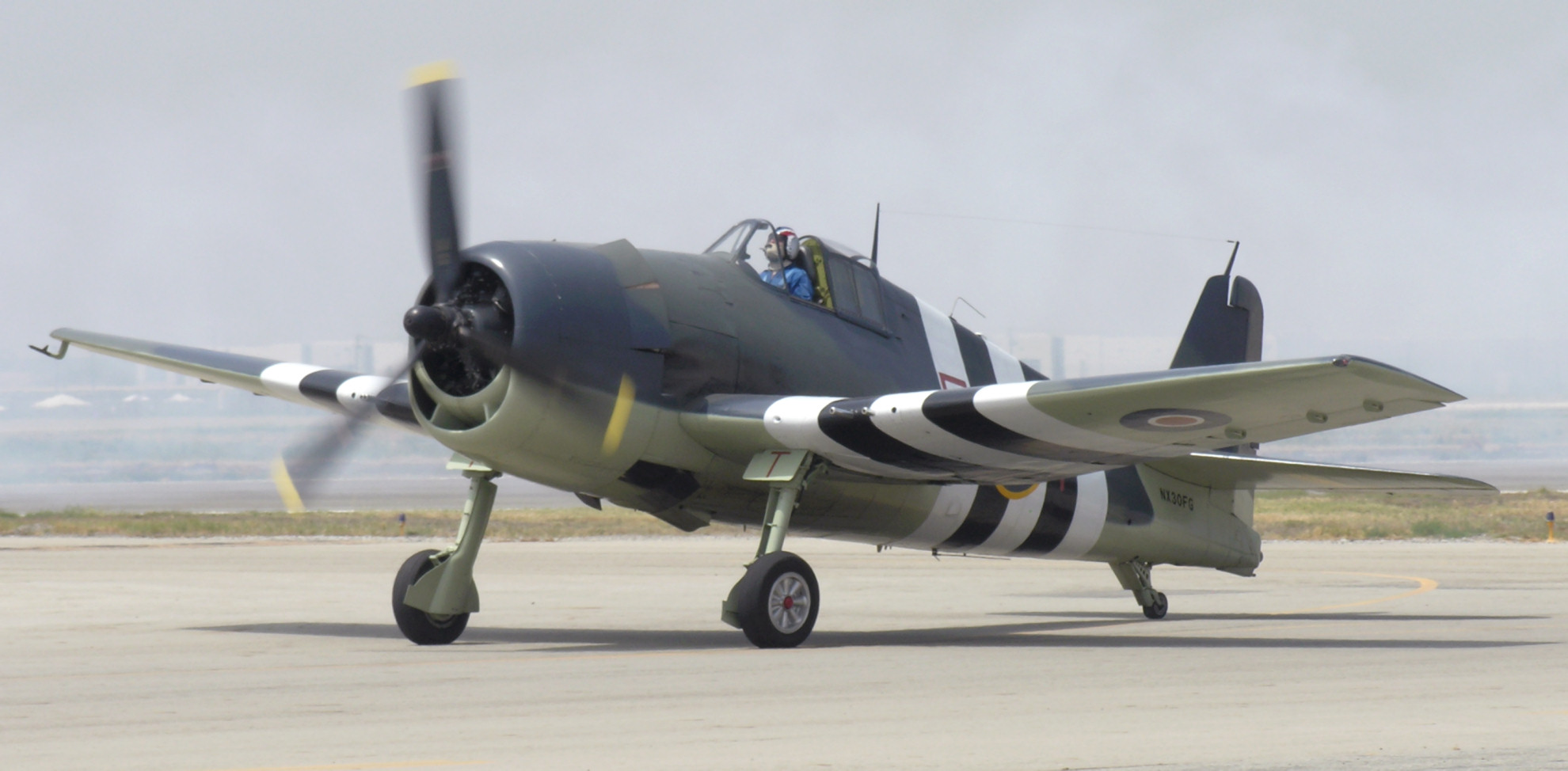
From the design stage to the skies above the Pacific, Grumman’s F6F Hellcat became an aviation icon that significantly shifted the balance in the air during World War II.

Evolving at an unparalleled pace, the Hellcat went from experimental stage to operational employment in less than 18 months, with its combat debut occurring in August 1943 during the raid on Marcus Island.

This aircraft, which was to become the U.S. Navy’s standard carrier-based fighter, would go on to cement its reputation as the dominant force against the Japanese Zero.

The Hellcat’s development, under the designation XF6F-1, was a testament to Grumman’s design philosophy: an aircraft that could quickly be mastered by pilots and could outperform the enemy.

The first prototype took to the skies in June 1942, initially equipped with a Wright R-2600-10 engine, but was swiftly upgraded to the more powerful Pratt & Whitney R-2800-10 engine.

By October of the same year, the production-ready F6F-3 was airborne, and by early 1943, deliveries to Fighting Squadron 9 were made.

The Hellcat’s first taste of combat was aboard the carrier Yorktown (CV-10) against Marcus Island on the 31st of August, 1943.

As the war progressed, the F6F-5 model joined the fray, bringing with it a series of refinements and enhancements such as a refined cowling, an improved windshield, and added firepower with provisions for a 2,000 lb bomb and rocket rails.

This version also experimented with a mix of 20mm cannons and .50-caliber machine guns. The Royal Navy, recognizing the Hellcat’s prowess, incorporated 1,182 F6F-3 and -5 aircraft into their fleet.

The Hellcat’s success is partly attributed to its impressive specifications and the valor of its pilots. Among these aviators stood Captain David McCampbell, the Navy’s top ace with 34 victories, who exhibited extraordinary courage and skill.

Notably, in the Battle of Leyte Gulf on 24 October 1944, McCampbell, with Ens. Roy Rushing as his wingman, faced a squadron of 60 Japanese aircraft. Despite being vastly outnumbered, they achieved a remarkable feat, shooting down 15 enemy aircraft between them in a single mission.

McCampbell, displaying the exceptional capabilities of the F6F, downed nine aircraft himself, earning him the Medal of Honor.

Captain McCampbell described the Hellcat with deep appreciation, noting its vastly improved capabilities over predecessors like the F4F and the Buffalo, which were no match for the agile Zero.

But the Hellcat could hold its own, thanks to features such as self-sealing gas tanks, armor plate behind the pilot, and tremendous firepower. With 400 rounds per gun, the Hellcat packed enough punch to decimate the enemy in short, controlled bursts, avoiding the risk of burning out the gun barrels.

The Hellcat was not just a machine of war; it was a symbol of American ingenuity and industrial might. By the end of the war, Grumman had produced 12,275 Hellcats, a staggering feat given the short time frame and the ongoing construction of the Bethpage Plant Number 3 where they were built. This aircraft, which amassed 5,156 enemy aircraft destroyed and accounted for 75 percent of the Navy’s air-to-air victories, was more than a weapon; it was the embodiment of the United States’ determination to achieve air superiority in the Pacific.
Relevant articles:
– 3 Hellcat, Navy (.mil)
– Hellcat Ace in a Day—Twice!, usni.org
– 3 Hellcat, Navy (.mil)
– In One Mission in October 1944, Two F6F Hellcats Shot Down a Record 15 Enemy Aircraft, Smithsonian Magazine, Oct 21, 2021

